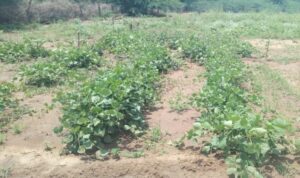 Production of animal feed during the rainseason can help improving forage availability for livestock during the dry seasons and it can also reduce the grazing pressure on rangeland and thus the risk of rangeland degradation. However, forage production is still not yet widely adopted by rural communities in the arid regions of Kenya and Tanzania. Those who have started growing forage usually produce forage consisting of a single grass species.
Production of animal feed during the rainseason can help improving forage availability for livestock during the dry seasons and it can also reduce the grazing pressure on rangeland and thus the risk of rangeland degradation. However, forage production is still not yet widely adopted by rural communities in the arid regions of Kenya and Tanzania. Those who have started growing forage usually produce forage consisting of a single grass species.
In June 2023, a 2-acre large field trial was set up in Marigat, Baringo, to test the suitability of mixtures of grasses and legumes for forage production in arid regions of Kenya. Five different native legume species adapted to dry conditions were planted either alone or in combination with one of three grass species traditionally grown for forage production in the region.
In contrast to monocultures, mixing grasses with legumes has various benefits in forage production. Legumes act as a natural fertilizer and thus help maintaining productivity and soil health. Also, mixed grass-legume forage has a higher nutrient value for livestock than grass forage only.
The field trial was set up on a piece of land which was previously invaded by the invasive tree Prosopis julilfora. The trial is also used to assess the economic benefits of growing grass-legume mixtures on previously degraded land.
Prepared by Urs Schaffner
DO YOU HAVE A
QUESTION?
+254 719 052 113
Send us an
email?
info@nativepep.org

To improve rural livelihoods in East Africa by selecting and using native plants for land regeneration and community forests within a holistic and sustainable land use approach.
To strengthen livelihood security and environmental health in selected regions in Kenya and Tanzania affected by rangeland degradation, deforestation, and invasive alien trees.
Kenya
Tanzania
Northern Tanzania in Arusha Region and adjacent areas in Kilimanjaro (Hai District) and Manyara Regions (Simanjiro District), mainly covering a belt from Lake Manyara to Arusha and Moshi (Kilimanjaro Region).
Copyright © 2023, Nativepep.org. All Rights Reserved.